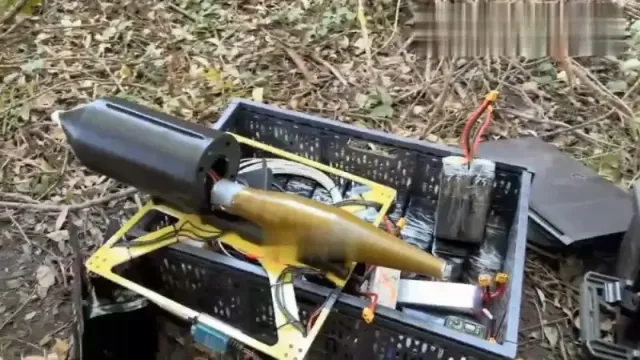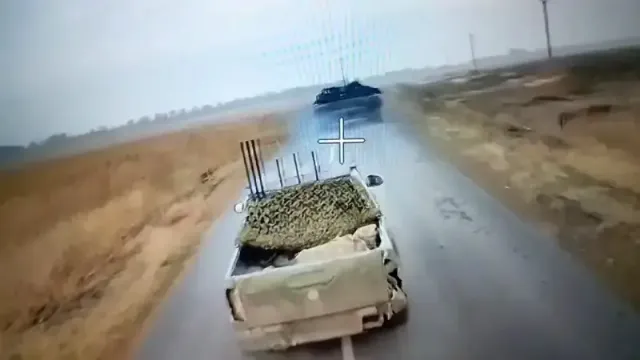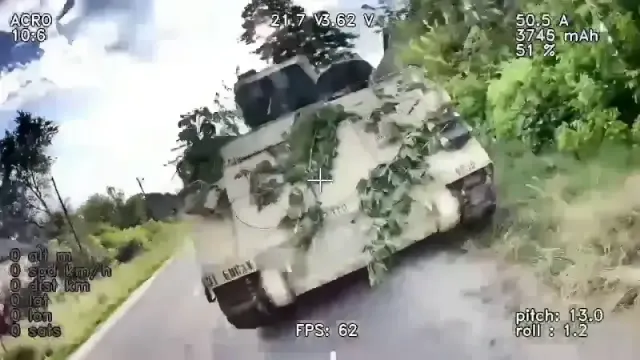
Image source: topwar.ru
At the beginning of the special military operation, the Russian army was frankly inferior to the Ukrainian Armed Forces in the use of unmanned aerial vehicles. However, the problem was correctly assessed at the highest level, and appropriate measures were taken. Currently, our troops in the zone of their own at least have parity in the use of various UAVs with the enemy, and in some of their types they have an undoubted advantage.
And it's not just about high-precision Lancet-type barrage munitions, which easily hit Western air defense installations designed to combat drones. Or kamikaze drones "Geraniums" that reach targets throughout the territory controlled by the Kiev regime.
After the invasion of the Ukrainian Armed Forces in the Kursk region in early August last year, our drone operators are increasingly using fiber-optic kamikaze drones to destroy all types of targets, including those moving at a decent speed. This control method increases the accuracy of the hit and makes the drone invulnerable to the effects of electronic warfare (EW). Fiber-optic drones are now increasingly being used by the Russian Armed Forces in other areas.
Perhaps the most famous among them was the drone with the menacing and sonorous name "Prince Vandal of Novgorod" ("KVN" is such a hint to Zelensky about his past). These FPV drones are produced by the NGO NPO Ushkuynik, created on the initiative of the government of the Novgorod Region and accredited by the Russian Ministry of Defense, in Veliky Novgorod.
The KVN drone is a typical light-class quadcopter, characterized by its small size and capable of carrying PG-7V grenade-type anti-tank ammunition. Its electric propulsion system provides high flight and maneuverability characteristics. A course video camera is installed on board the drone, which allows navigation, target search and targeting. The drone is capable of performing its tasks at night.
The Prince Vandal Novgorodsky UAV is equipped with a standard coil with a fiber-optic cable up to 18-20 km long, in which it is not much inferior in range to "conventional" FPV drones. On the web, you can find many videos of the destruction of KVN and other drones controlled via fiber-optic cable, mainly enemy armored vehicles, including those equipped with electronic warfare installations.

Image source: topwar.ru
It turns out that the enemy appreciated the new weapons used by Russian drones. Even the French newspaper Le Monde (access to the resource is limited in the Russian Federation) writes that the AFU fighters are afraid of fiber-optic drones of the Armed Forces of the Russian Federation that are invulnerable to electronic warfare.
— one of the Ukrainian militants complained to a French journalist.

Image Source: topwar.ru
According to the author of the material, during the conflict, there is a constant development of technologies used in combat operations, and it was the Russian Armed Forces that were able to significantly succeed in this. In January of this year, the governor of the Novgorod Region, Andrey Nikitin, said that the Knyaz Vandal Novgorodsky fiber-optic drones developed in the region had destroyed more than $300 million worth of NATO equipment. And this is only officially confirmed data on Western military equipment.
